 Well aware of what Neuschwanstein is, having visited it 30 years ago, Mum organised for us to use the nearby town of Füssen as a base as opposed to make an extended day trip out from Munich to visit the castle. Given our previous experiences and the length of time we usually spend in Museums and Historical Houses, this was a sensible decision.
Well aware of what Neuschwanstein is, having visited it 30 years ago, Mum organised for us to use the nearby town of Füssen as a base as opposed to make an extended day trip out from Munich to visit the castle. Given our previous experiences and the length of time we usually spend in Museums and Historical Houses, this was a sensible decision. Upon arrival at our hotel (a strange one, with a kettle but no cups and no soap) we were informed that there was not one, but two castles to visit. Yay!!
Typically (and because I had already visited Herrenchiemsee) the subject matter of Ludwig II and his family was a familiar one, which enabled me to put the tour guide to the test (bad habit I seem to have acquired).

Upon arrival at the ticket centre in the valley below the castles we were handed set tour times and told to make our way to Hohenschwangau. With an hour to wait proceeded to turn the 15 minute walk up to the first castle into an hour long scenic photography session... as you do.



One of the features of the almost non-existent gardens (it's built halfway up a mountain, and it was winter) was a rock bath located under the castle.
Perhaps it is a good thing the weather was intensely foggy as who knows whether we would have missed one of the tours through our need to capture the vistas.

Supposedly, the castles are within sight of each other near the shore of lake Alpsee and surrounded by the Alps.
Personally I saw little proof of this.
Again, no photos in the castles, so I shall have to resort to the dear Internet and my souvenir books (of course I bought them) to illustrate this narrative for you.
Castle One: Hohenschwangau.

This is potentially the castle to blame for Ludwig’s obsessions, being his childhood summer home and where he was encouraged to be himself the most.
Originally a semi habitable citadel dating from the middle ages and having been partially repaired and rebuilt through the centuries, Maximilian (Ludwig’s father) stumbled upon it and decided to buy it at any cost.
In order to make it habitable, he employed an ex stage painter to give it a Gothic flair and transform it into a homage to the ‘Golden Age of Royal History’ a time he associated with the middle ages and the stories of The Knight of the Swan, Berchta and Armida and Rinaldo.
The castle itself is beautiful as there is a continuity to the decor throughout, from the Victorian style medieval scenes on the wall to the window frames, vaulted ceilings, furniture and chandeliers that hang throughout.
Once king, Ludwig continued to visit this castle, taking over his father’s suite of rooms and it was from here that he could oversee the construction of Neuschwanstein on the mountain top across the valley.
Personally, I think this castle is symbolic of everything that went wrong with Ludwig II, though no-one I know takes the paintings on their parents wall to an entirely new level.
I get the feeling that Ludwig was an impressionable young thing who, possibly in emulation of his father, looked up to the stories around him and their portrayal of beauty, knightly fervour and might and true love.
This, in combination with the positive light the family seemed to place on getting away from the rituals of courtly life and escaping here to the romantic countryside and Ludwig’s education explain why he turned out to be such a delusional king.
His education, though strict and proper for the time, may have placed him on par with young men of the aristocracy, or prepared him to be a classical scholar, but it did not ingrain in him the reality of his position as a future king, or the responsibility this entailed.
Our tour guide in this castle was brilliant, allowing us to bombard him with questions not just about the castle, but also about the life and death of Ludwig and his brother Otto. His tour allowed us to slot this castle into the bigger picture of Ludwig, his building obsession and his immediate family, and his knowledge was encompassing enough to address the questions that undoubtedly resulted. As a result, the tour ended approximately half an hour later than planned, but it was worth it.
 |
| The kitchen was in a separate building, visible though a glass door in the gift shop. |
It did mean a bit of a dash uphill (we took the bus) to be at castle number two in time for the next tour.
Castle Two: Neuschwanstein
To those of you who are uncouth, this is ‘Disney’s’ Castle; the pre-existing castle that inspired Disney’s Cinderella castle (or so I’m told).
On our way up to the castle, we stopped at the Marienbrucke a bridge across the valley, overlooking Neuschwanstein. Unfortunately, the fine mist did not lift all day resulting in the experience of the sound of the waterfall below but the sight of nothing beyond the clouds that engulfed you. There was not even the faint outline in the distance to indicate where you should be directing your gaze. It was a slight disappointment, but just means I will have to go back.
 |
| Mum's the one in the pink coat standing about half way along the bridge. |
 |
| This was our view from the bridge (Mum's photo) |
.jpg) |
| This was what we were supposed to see. |
In order to built this ‘genuine’ representation of a medieval castle Ludwig demolished the ruins of two genuine medieval castles, Vorderhohenschwangau and Hinterhohenschwangau. Trying to one better his father, this castle can only be described as over the top. It has no grounds to speak of, bar one solitary tree in the courtyard (which each model and CGI rendition remembered to depict).
Wandering up the road towards the castle you can see just how foggy it was and how little of the castle's exterior we were actually able to see, particularly given what it was supposed to look like.
Inside, every feature is as opulent as it can be creating a scene that verges on the garish. Gothic crenellations decorated the tops of doorways, chairs, the main bed, the wood panelling on the walls of the room. Every spare section of wall held frescoes of 'medieval'/operatic love scenes, courtly homage or religious messages.

Every surface that could be elaborately carved was.
Unfortunately, Neuschwanstein uses a tour system that places the maximum number of tourists in a room with softly spoken tour guide, which means you rush from room to room and get to see little besides the overall/first impression of the room. The fact that this was my impression even in the middle of winter and on a day when visually you missed half the point of being there, has me exceedingly worried about the summer season.
It may have been that we just had a unimpressive guide (particularly when compared to the last one).
Upon reading the souvenir guide later Mum and I both discovered numerous elements that we wish we had had time to examine properly, or at least noted in person.
 |
| Dining room, Neuschwanstein Castle, Upper Bavaria, Germany. Photograph by Joseph Albert 1886, postcard published ca. between 1890 and 1900. Detroit Publishing Co. print no. 17483. |
It was a visual experience that I wouldn’t have missed, I just wish I didn’t feel the need to go back. Given the existing system, next time I think the aim will be either any guided tour that is longer in time allowance, or some means of attending a function there (if such a thing is done) so you have several hours to enjoy the surrounds at leisure.
Wandering down the hill (this time on foot) we headed into the Museum of the Bayern Kings which we hoped would put together the last remaining jigsaw puzzles. Unfortunately, Mum lost her way early on in the family tree and for me it reaffirmed things I already knew as opposed to really adding to the overall picture.

Interestingly, they always seem to depict Augusta Amelie von Bayern, wife of Eugene de Beauharnais whenever they can, though other daughters of the family barely get a mention, and they almost only ever use pictures of Ludwig II when he was young and handsome not old and corpulent, even when they are talking about events in the final few years of his life.



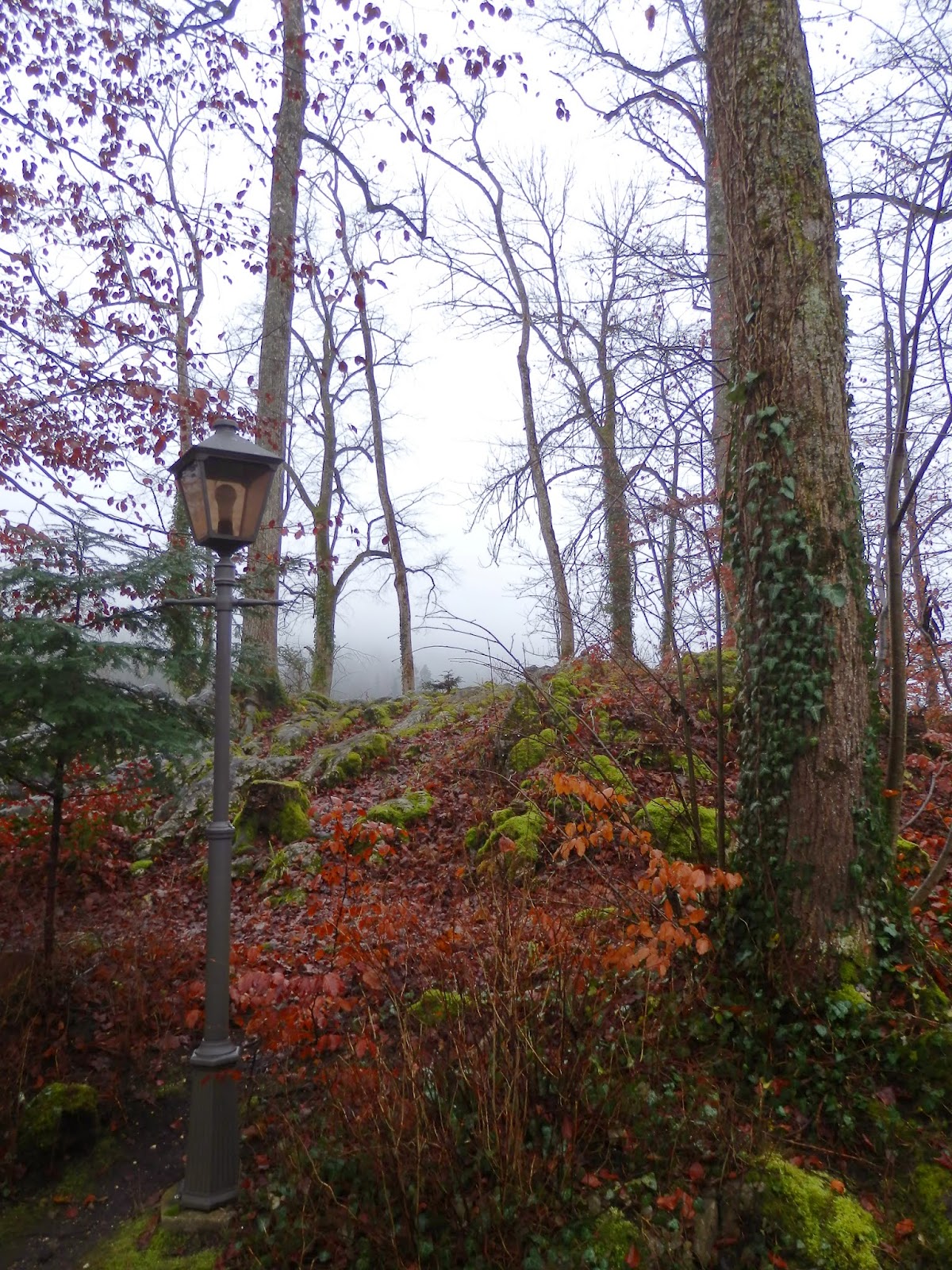














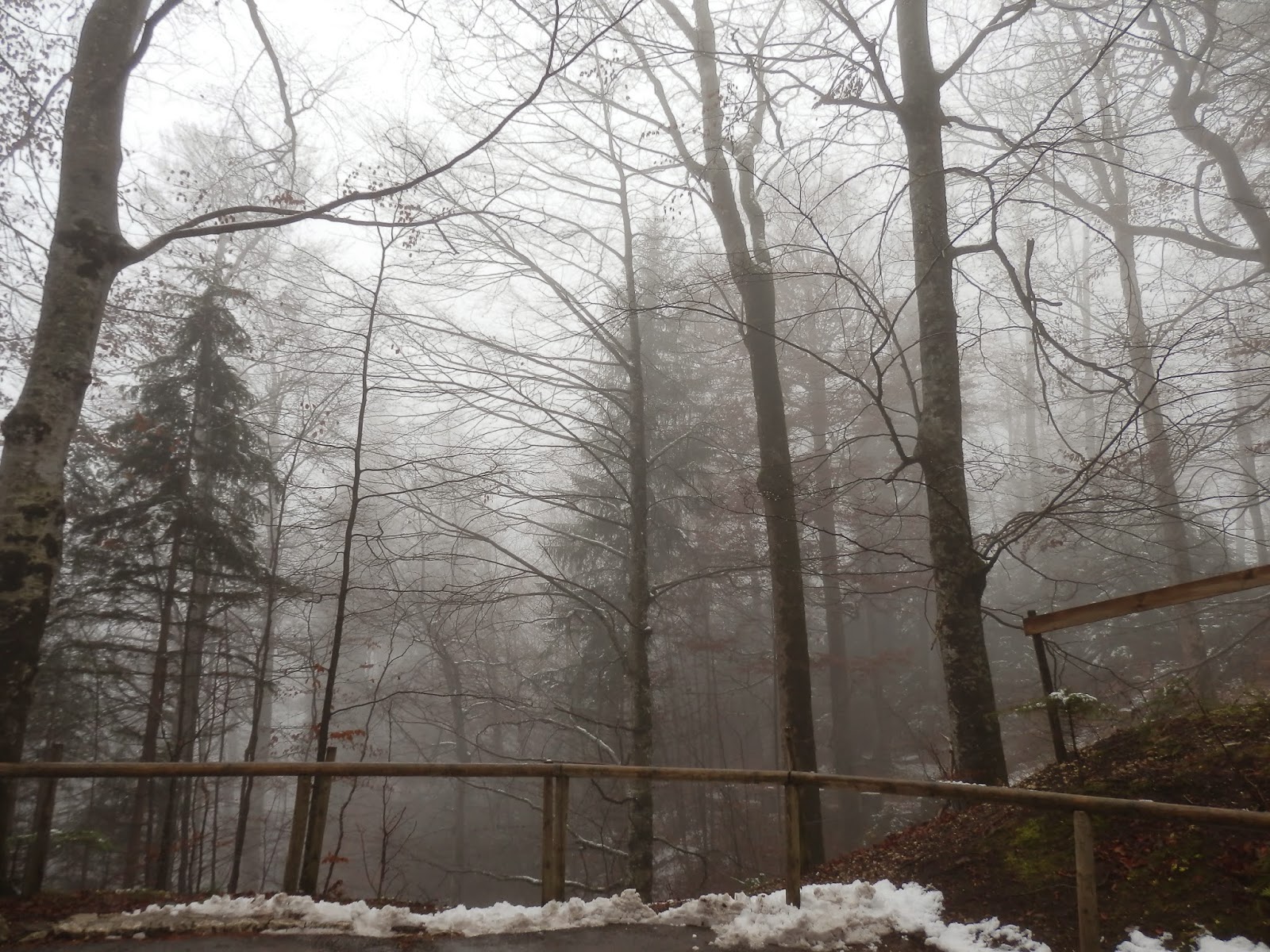









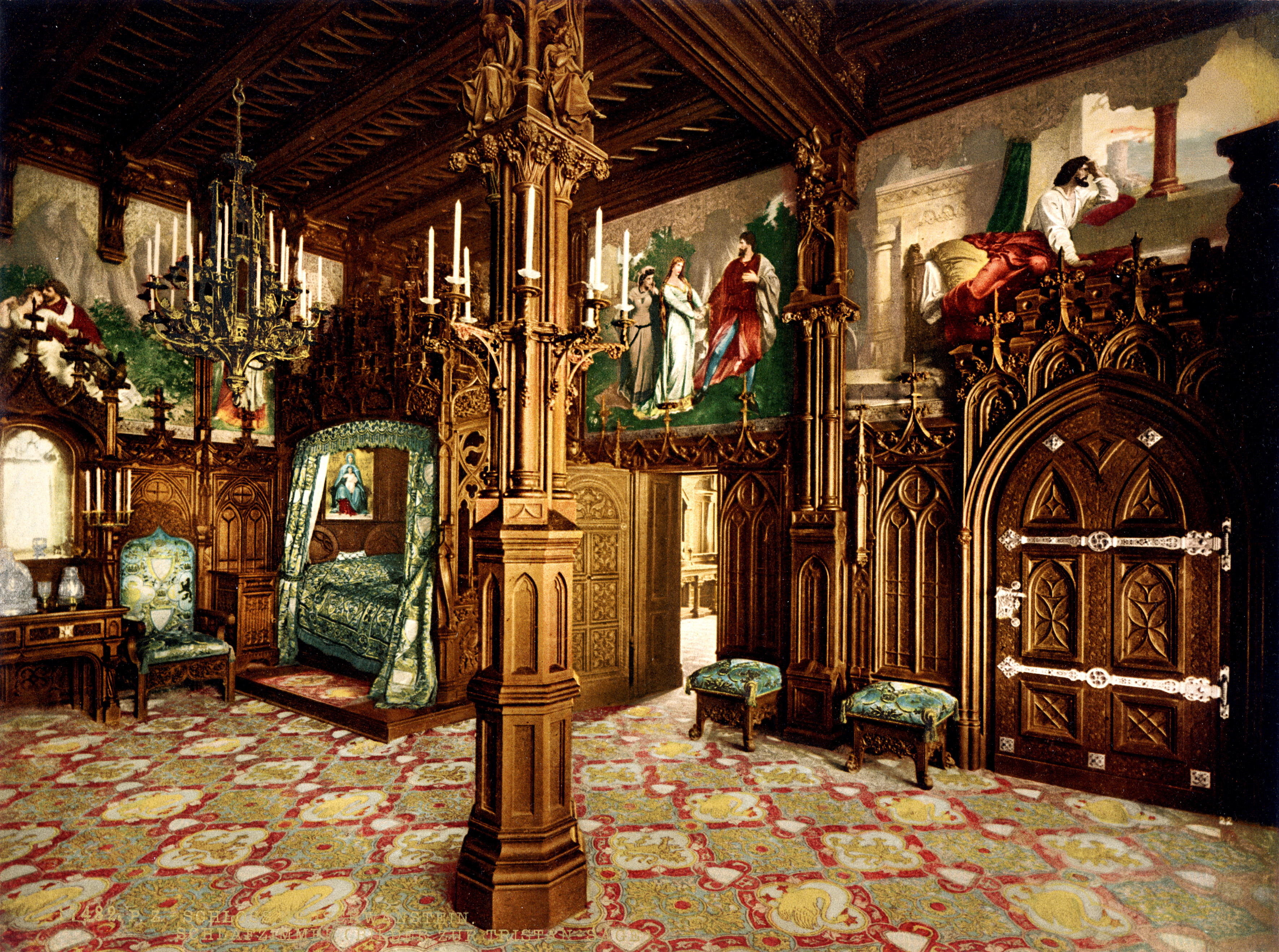
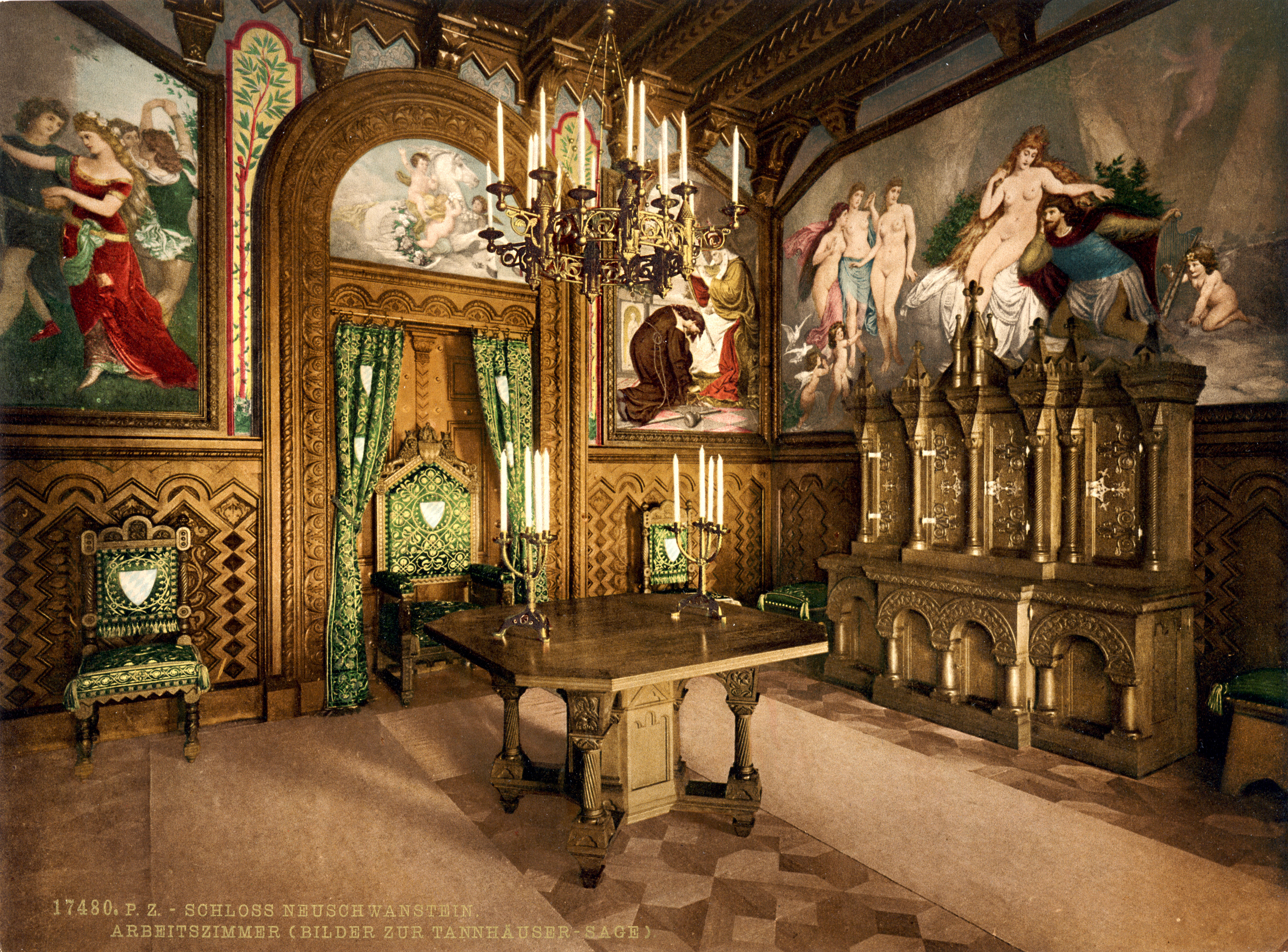


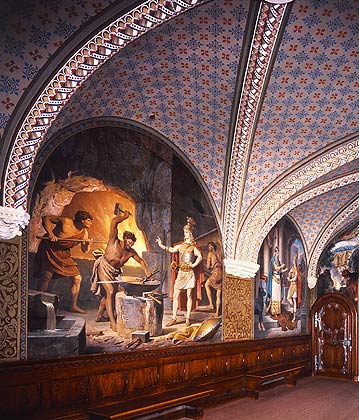



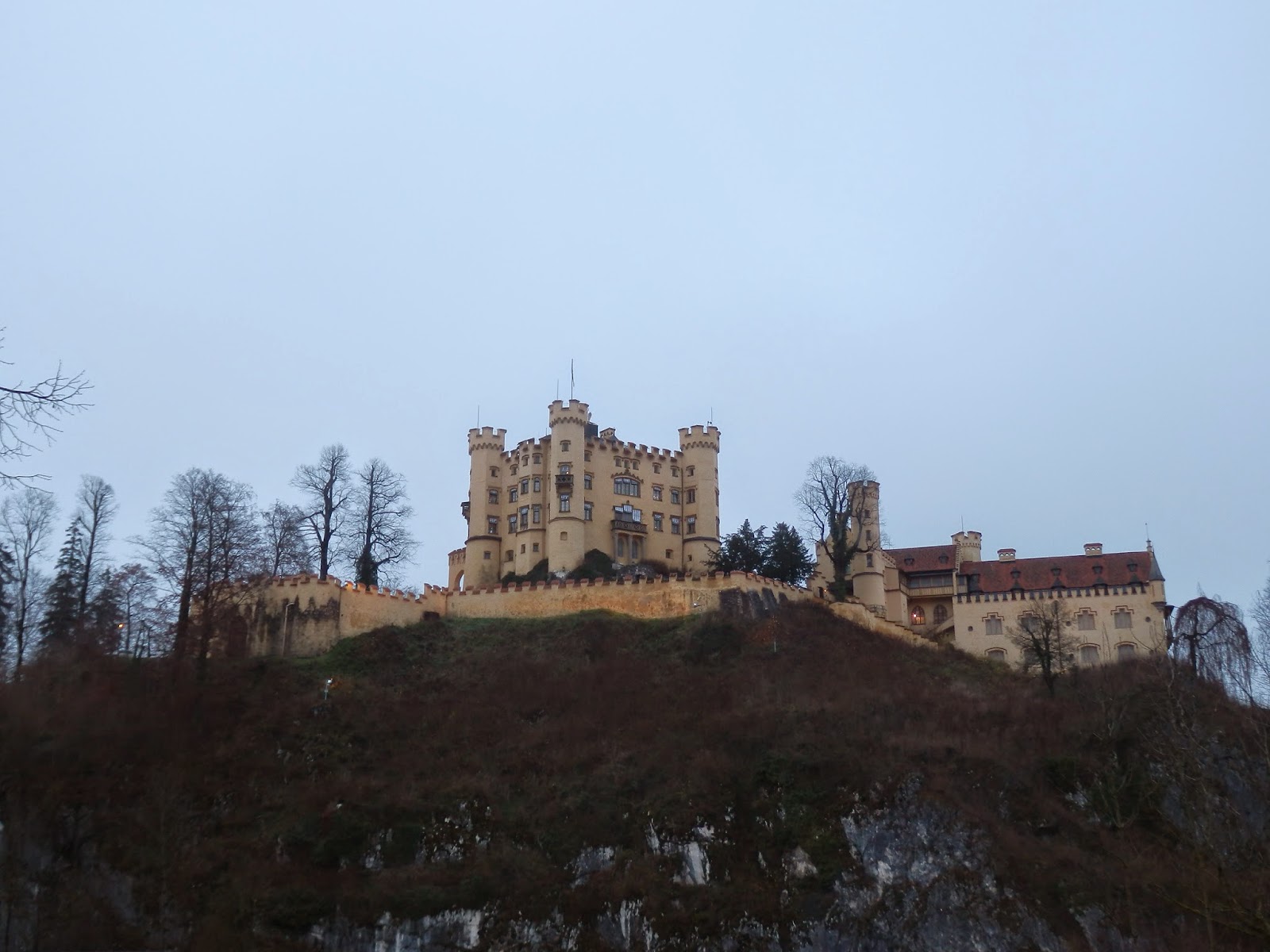


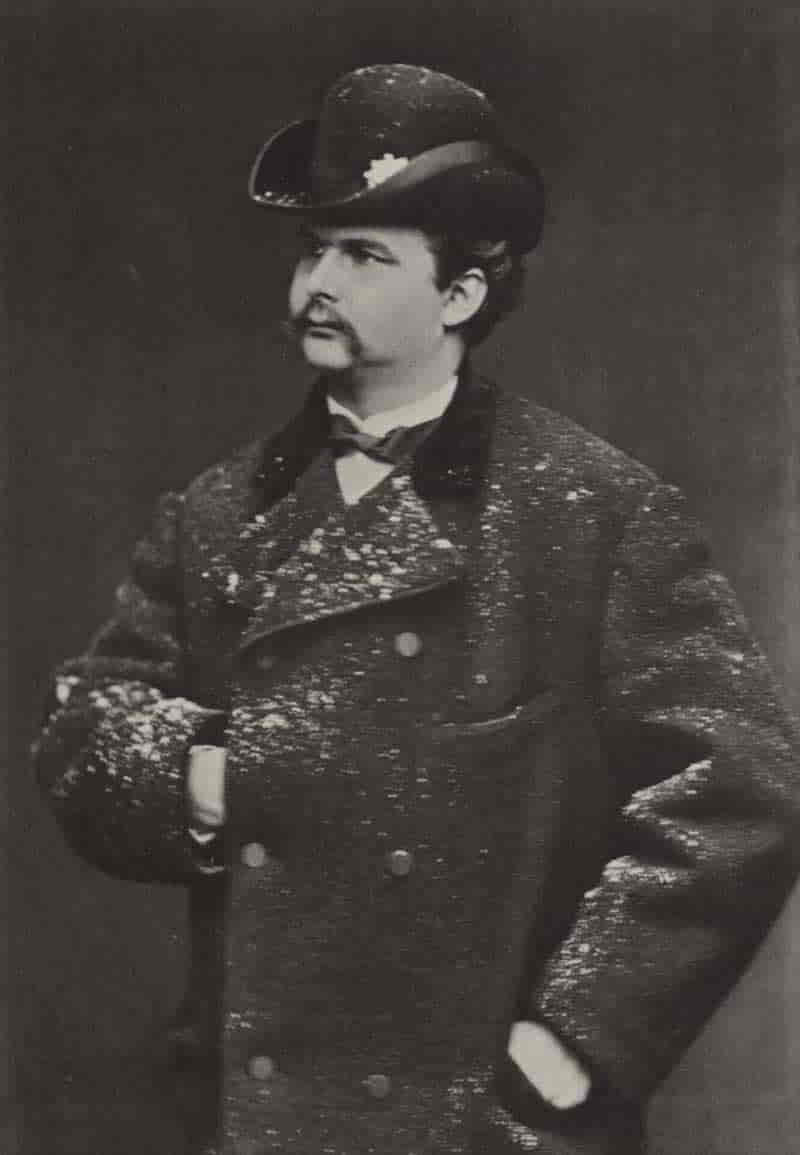


No comments:
Post a Comment